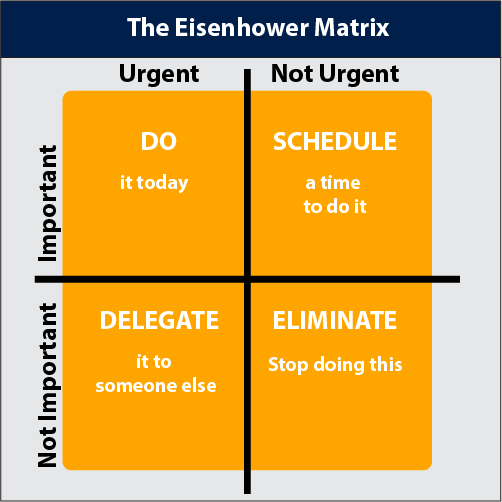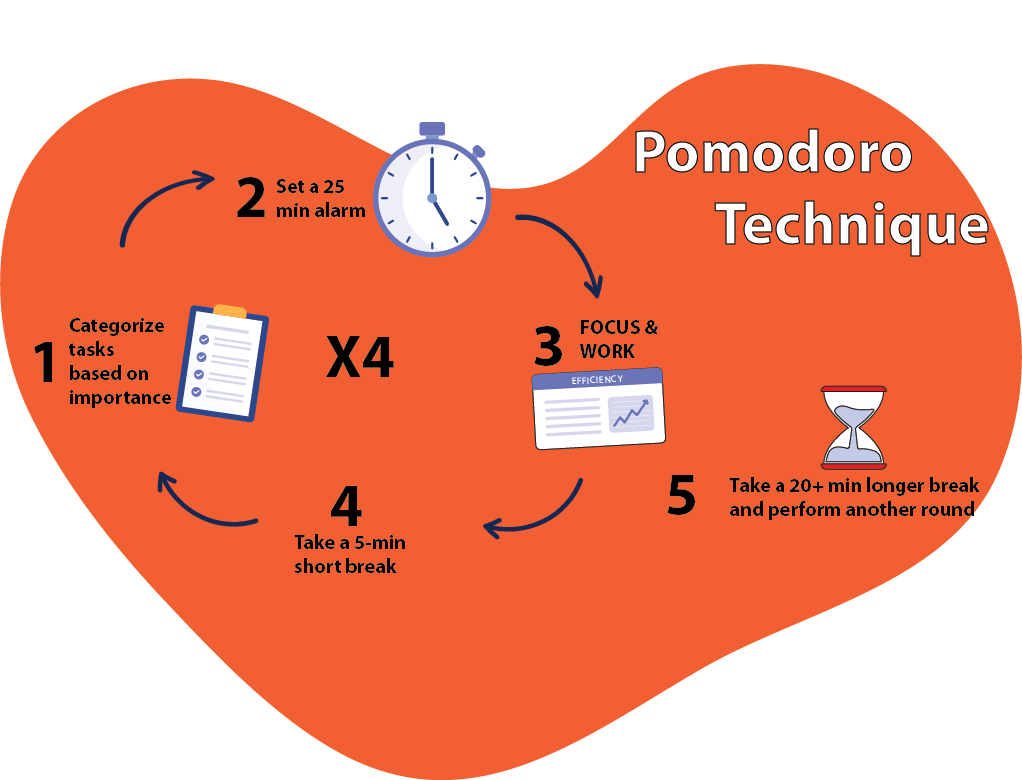
Time Management – Maximizing Your Productivity
What is time management?
Time management refers to a set of habits, skills, systems and principles, used to manage the time spent performing specific activities, in order to increase work efficiency and productivity.
In short, it refers to the way we organize and manage our time and involves control and organization.
Planning and prioritizing ACTIVITIES AND TASKS
Once you have set your goal, another equally important step is to plan and prioritize the activities and tasks you have to solve in order to get to where you set out to be.
Ideally, on Sunday evening or Monday morning you should allocate time to plan the week. Also, spend about 30 minutes each day planning your day. Don't start until you have a clear idea of what to do. Having clarity and direction will make it much easier for you to get to work.
Make to-do lists or priority lists. Don't try to remember everything you have to do. Most likely you will not succeed, so it is best to write in a diary that you have at hand, all the time.
Do not hesitate to use tools to help you in time management: from applications, personalized diaries, post-it notes, planners, magnetic board, colored markers and so on. This way you have the best chance not to feel overwhelmed by the large volume of work and to use your time efficiently.

The planning and prioritization of activities can be done according to several criteria: urgency, importance, profitable activities and so on.

The : How to be More Productive
Eisenhower’s strategy for taking action and organizing your tasks is simple. Using the decision matrix below, you will separate your actions based on four possibilities.
- Urgent and important (tasks you will do immediately).
- Important, but not urgent (tasks you will schedule to do later).
- Urgent, but not important (tasks you will delegate to someone else).
- Neither urgent nor important (tasks that you will eliminate)
Effective Time Management Tips
- Limit Your Distractions - Hide Or Uninstall Social Media Apps
- Set Daily Goals With Reminders
- Complete Most Important Tasks First
- Stop Multitasking
- Make Use Of Dead Time
- Evaluate How You're Spending Your Time
- Keep a List and Cross Off Tasks When Done

Pomodoro Technique
- Get a to-do list and a timer
- Set your timer for 25 minutes, and focus on a single task until the timer rings
- When your session ends, mark off one pomodoro and record what you completed
- Then enjoy a five-minute break.
- After four pomodoros, take a longer, more restorative 15-30 minute break.
The 25-minute work sprints are the core of the method, but a Pomodoro practice also includes three rules for getting the most out of each interval:
- Break down complex projects. If a task requires more than four pomodoros, it needs to be divided into smaller, actionable steps. Sticking to this rule will help ensure you make clear progress on your projects.
- Small tasks go together. Any tasks that will take less than one Pomodoro should be combined with other simple tasks. For example, "write rent check," "set vet appointment," and "read Pomodoro article" could go together in one session.
- Once a pomodoro is set, it must ring. The pomodoro is an indivisible unit of time and can not be broken, especially not to check incoming emails, team chats, or text messages. Any ideas, tasks, or requests that come up should be taken note of to come back to later. A digital task manager like Todoist is a great place for these, but pen and paper will do too.
Pomodoro Site: https://pomofocus.io
Other useful sites: https://www.forbes.com/sites/johnrampton/2018/05/01/manipulate-time-with-these-powerful-20-time-management-tips

